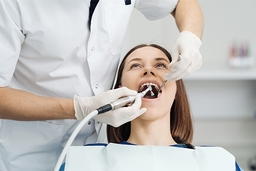Post-Braces Care and Restrictions
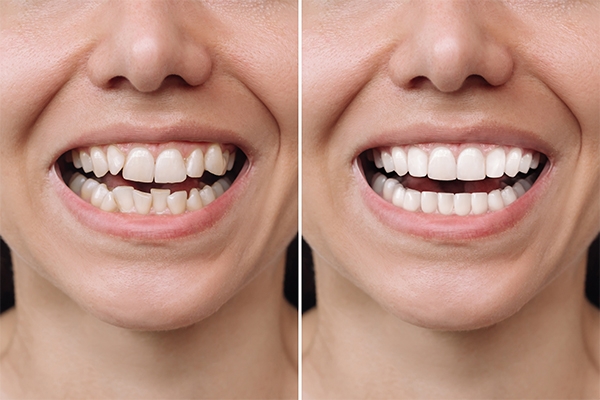
Having straight teeth and a beautiful smile is often the main reason someone gets braces. However, the benefits go beyond aesthetics. Braces also play an important role in improving the function of the teeth and jaw, allowing you to chew, speak, and clean your teeth more effectively.
Braces work by applying gentle, gradual pressure to shift teeth into the desired position. This process doesn’t happen overnight—it usually takes between 1 to 3 years, depending on each individual’s condition.
Common types of braces
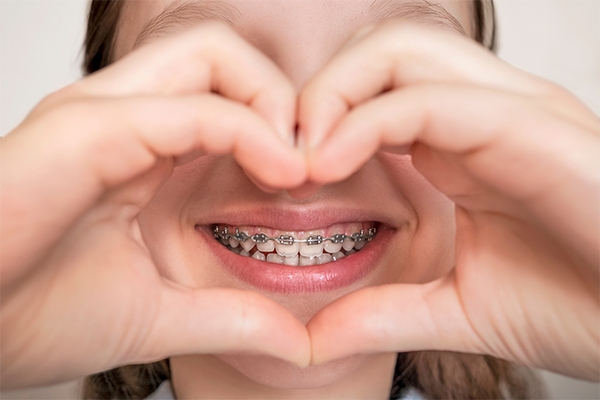
There are several types of braces commonly used, including:
- Metal braces: The most classic and durable type; suitable for almost all orthodontic cases.
- Ceramic braces: Tooth-colored and more aesthetically pleasing.
- Sapphire braces: Made from clear sapphire crystal.
- Self-ligating braces: Feature special clips for more comfort and easier cleaning.
- Lingual braces: Attached to the inner surface of the teeth, making them invisible from the outside.
- Clear aligners: Removable and nearly invisible.
Each type of brace has its own advantages and disadvantages. The best choice depends on your needs, lifestyle, and your orthodontist’s recommendation.
Adjustment period after getting braces
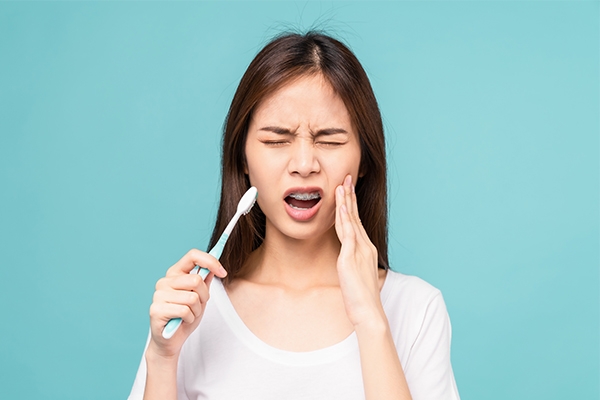
The first week after the braces installation is usually a period of adaptation. Some common discomforts include:
- Pressure and pain in the teeth or gums, especially when chewing.
- Sores or ulcers inside the cheeks due to friction with the wire.
- A strange sensation on the tongue as it adjusts to the braces.
This mild pain typically subsides within a few days. You can ease the discomfort with pain relievers or by rinsing your mouth with warm salt water.
How to care for your teeth after getting braces
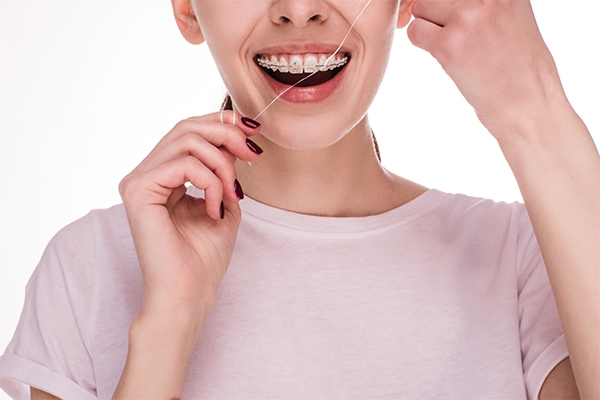
Caring for teeth with braces requires extra patience and consistency. Maintaining oral hygiene is the key to preventing problems such as cavities, gum inflammation, and plaque buildup around brackets.
Here’s how to properly care for your braces:
1. Brush your teeth with the right technique
Brush your teeth at least twice a day for two minutes using a soft-bristled toothbrush and an interdental brush to clean around wires and brackets.
Use fluoride toothpaste to strengthen enamel and prevent cavities. Regular brushing helps reduce plaque buildup that can lead to gum inflammation and other complications.
2. Use floss or a water flosser
Clean between your teeth using dental floss or a water flosser to remove trapped food particles.
Super floss or a water flosser can reach difficult areas, helping prevent plaque and cavities.
3. Rinse with an antiseptic mouthwash
Use alcohol-free antibacterial mouthwash twice daily to reduce plaque-causing germs. Mouthwash with fluoride helps prevent cavities and kills bacteria that cause infections or gum inflammation.
4. Avoid certain foods
Avoid hard, sticky, or crunchy foods such as candy, ice, nuts, popcorn, and raw vegetables that are difficult to bite. These can break wires or loosen brackets.
Cut large foods into small pieces to make them easier to chew.
In the first few days, your dentist may recommend eating soft foods like porridge, mashed potatoes, pudding, ice cream, or fruit juice.
5. Limit sugary drinks
Sweet beverages like soda, sweet tea, or coffee can lead to acid buildup and tooth decay.
6. Regular check-ups
Visit your orthodontist regularly for adjustments—typically every 4–6 weeks. Also, schedule routine dental cleanings every six months to ensure no plaque or tartar buildup.
When to see your dentist
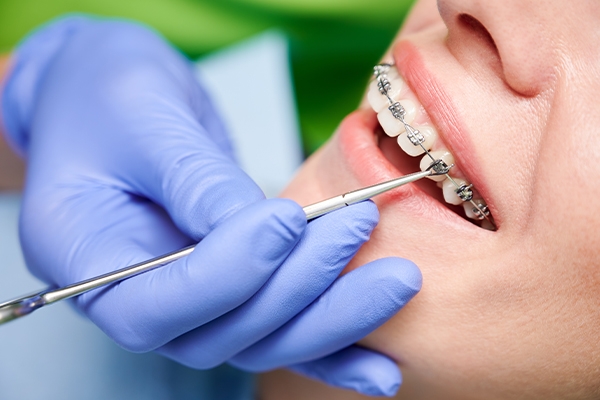
After getting braces, your dentist will schedule regular check-ups to monitor your progress. However, contact your dentist immediately if you experience:
- Loose, bent, or poking wires or brackets.
- Severe pain that doesn’t improve after a few days (your dentist may need to adjust your braces).
- Swelling, discharge, or bleeding around the gums or inside the cheeks.
- Damaged braces or aligners—don’t try to fix them yourself; contact your orthodontist for safe repair or replacement.
- Noticeable changes in tooth position, jaw shape, or bite alignment.
Things to avoid after getting braces
Aside from maintaining hygiene, some habits should be avoided to prevent damage to your braces:
- Don’t bite your nails, pencil tips, or other hard objects.
- Avoid opening packages with your teeth.
- Don’t twist wires or push brackets with your tongue.
- Avoid biting large foods directly—cut them into smaller pieces first.
Getting braces requires commitment, patience, and consistent care. However, the results are worth it: straight teeth, a confident smile, and improved oral health.
Always follow your dentist’s instructions and attend regular check-ups. With proper care, your dream smile is just a matter of time!
If you’re planning to get braces or looking for a trusted orthodontic treatment, consult a dentist at GWS Medika Clinic, a healthcare clinic in Jakarta.

